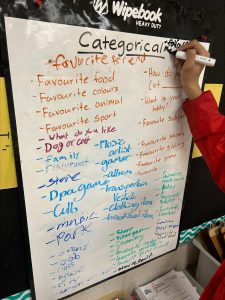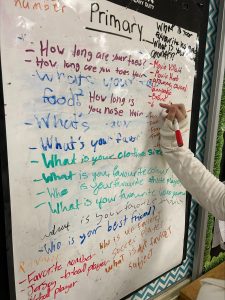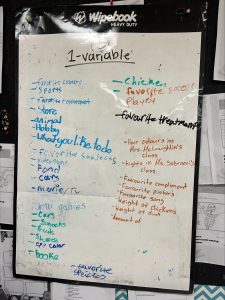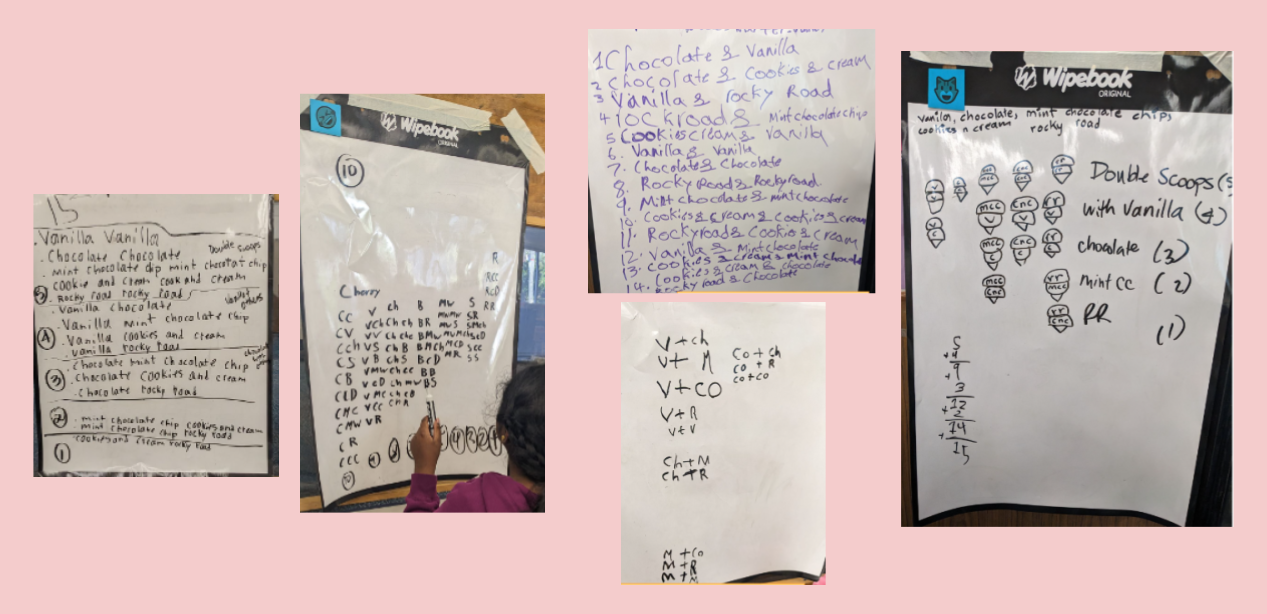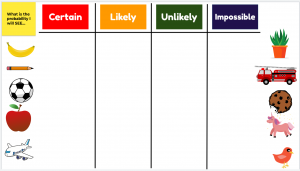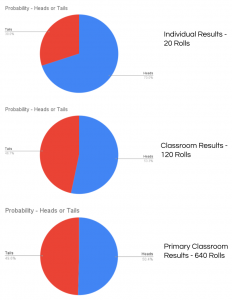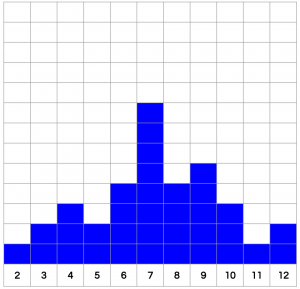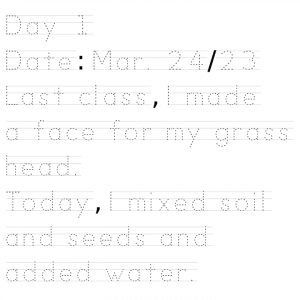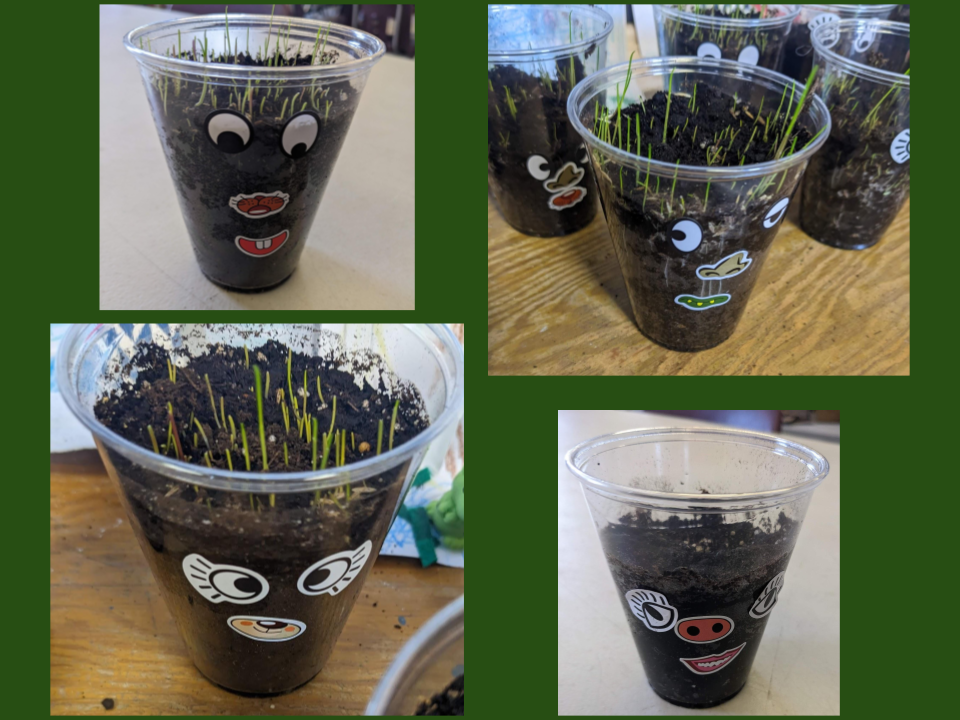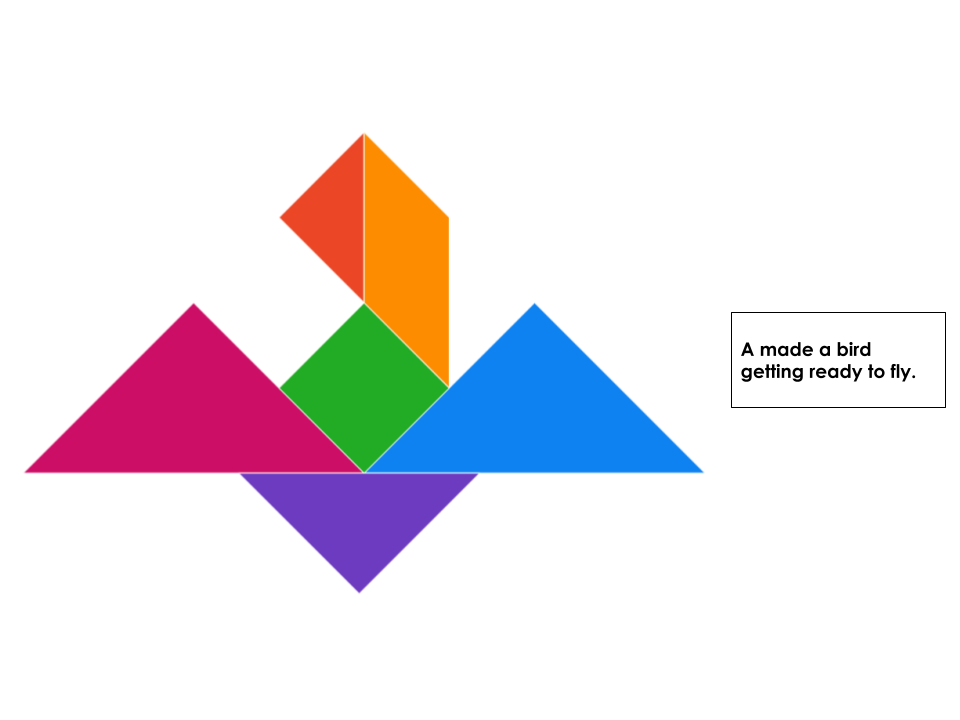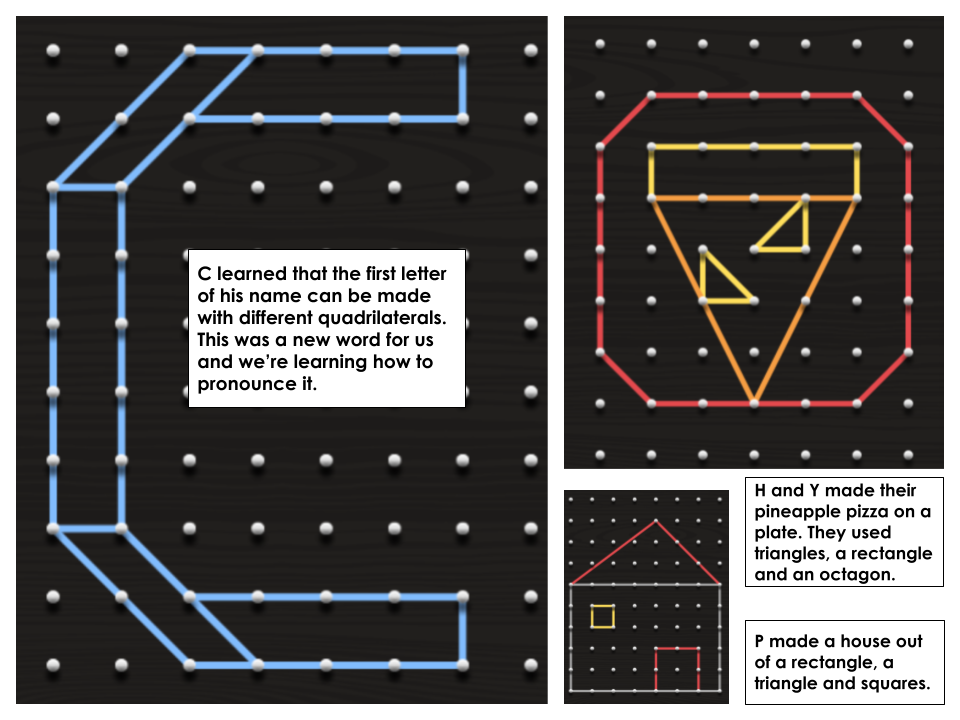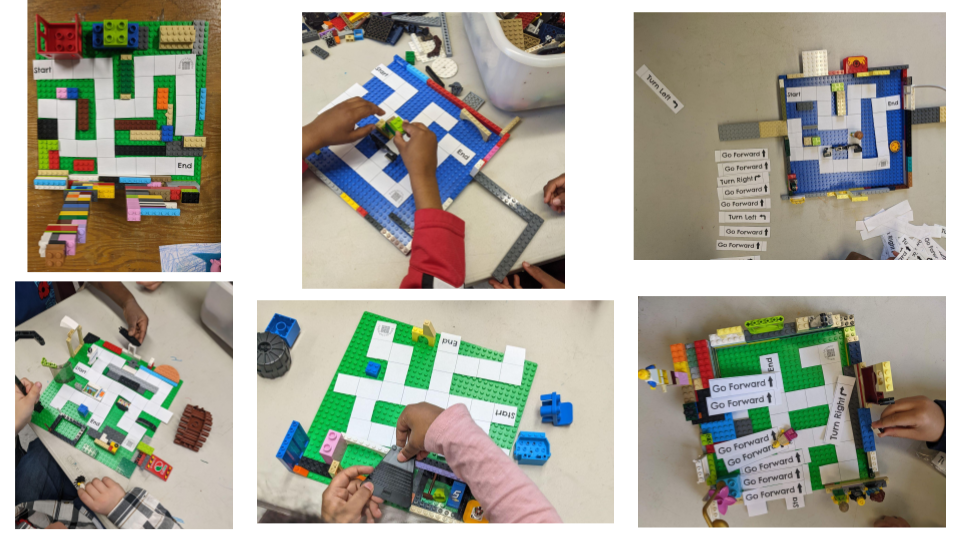June is finally upon us. It might just be me but I sometimes find it hard to compete with the warm weather and the idea that summer is fast approaching. With cut-off dates for report cards set for early June in many boards across Ontario, keeping the learning going all month long can be challenging. In this post, I’m sharing some ideas that might make things a little easier as we work towards keeping learners engaged over the last few weeks of the school year.
Literacy – Podcasts
I’m a huge fan of listening to podcasts and over the years, I’ve seen first-hand how much students also enjoy listening to them. Here’s a list of some podcasts that I have listened to with students that have been a hit:
Six Minutes
The Unexplainable Disappearance of Mars Patel
The Alien Adventures of Finn Caspian
Podcast listening is great but you might be wondering what else you might do beyond listening.
Here are a few ideas:
- Have students draw what they hear as they listen to an episode of a podcast. In some series, the podcast is describing the setting. Have students draw what they imagine the setting would look like. For example, Mars’ room or The Marlowe 280 Interplanetary Exploratory Space Station where Finn and his friends live.
- Have students make predictions and explain why they made their predictions. When finished, ask them to compare what they thought would happen to what really happened.
- Have students consider one thing that they might change in an episode and share how that might affect future episodes or change the entire podcast.
- Have students compare themselves to a character. How are they similar? How are they different?
- In most of the above podcasts, there’s some form of tech involved. Give students materials and have them build a prototype of the tech. What improvements would they add to solve a particular problem for one of the characters in the podcast?
The ideas are endless! Take a listen and see what you and your students might come up with!
Literacy – What’s Going On in This Picture?
I’ve been a long-time fan of The New York Times’ What’s Going on in This Picture? Simply put, this site is a compilation of interesting New York Times images that have been stripped of their captions, and an invitation to students to discuss them by answering 3 questions:
- What is going on in this picture?
- What do you see that makes you say that?
- What more can you find?
When I have done these with students in the past, I’ve found that in the beginning, students are quick to provide an answer without sharing much of the reasoning behind their answer but as time goes on, I have found that many students take the time to really analyze the picture so as to justify their responses. I found this simple activity a great way to get the day started and get students thinking about inferences.
Numeracy – Which One Doesn’t Belong?
Anyone who knows me knows that I am a fan of math and love a great math talk. When students are able to share what they know or are able to justify their thinking, I get excited. Which One Doesn’t Belong offers a great opportunity for students to share their thinking around a variety of Math concepts, often leading to some rich conversations as they battle it out to ultimately prove, which one doesn’t belong. In the past, I have printed out images from the site and added them to chart paper or to the whiteboard for students to come up and add their thoughts and ideas. Because the only way to get a wrong answer is to not justify your thinking, I’ve found that some of my most reluctant mathematicians are eager to participate and are often the first to write out their stickie notes and add them to the image that doesn’t belong.
Numeracy – Coding
There are so many resources out there for coding. From guided activities on Code.org to lessons in Minecraft, there are so many possibilities for helping students to solve problems and create computational representations of mathematical situations by writing and executing code. Recently, I was working with a group of grade 5 students who were working through the Artemis: Rocket Build. While the Educator Guide was super helpful, it was really my students who were running the show and helping guide me through some of the builds. I currently have a group of grade 4/5 students who are working in Minecraft to build their own town based on the work that they are doing with their classroom teacher for Social Studies. Don’t have access to tech? No worries, Code.org has some great unplugged coding videos and activities that you can try with students. Check them out here.
Science – Scavenger Hunts
Create a simple scavenger hunt for your students with items found in the schoolyard or a local park and get students outside, checking out nature. I’ve done this with students from kindergarten to grade 5 and no matter the age, finding something out in nature and taking the time to explore it, is pretty cool.
Science – Planting
The kindergarten students this year had a blast planting their Grass Heads. In classes around our school, students have been planting seeds and beans and have been recording observations and taking measurements. Some classes have been growing lettuce from existing lettuce heads while others have been doing experiments where plants are put in a variety of conditions to see what happens. Our kindergarten students have also been out planting in our garden with parent volunteers. Consider planting with students. Spring is a great time for planting as things are sprouting all around us.
Physical Education – Student-Led Workout Circuits
Early in the pandemic, while teaching online, my students and I got really creative in designing our Physical Education classes. We were already used to student facilitators for our activities so when we went online, students were eager to create great lessons to keep the movement going from home. Students were asked to create short 15-minute workouts that they could challenge their peers with. The results were amazing. I haven’t taught Physical Education since we’ve been back in school but this is definitely one thing that I would incorporate if ever I teach Physical Education again.
French – Créez votre monstre
I recently facilitated a workshop for ETFO’s FSL Conference and shared this idea with teachers. Participants were asked to create their own monster using found materials and they had the opportunity to write 4 short sentences about their monster. From there, they used Adobe Express to create short videos about their monster. Half the fun was in building the monster and getting the opportunity to create. We used Adobe Express to create short videos but if you have access to tech, there are so many possibilities of what you might do. Some teachers mentioned using Flip while others considered recording short videos and including them in a Google Slides presentation. Why not create and have fun in the last month of your FSL program?
I hope that there’s something here that might be of help as you navigate these last few weeks. Wishing you all the best for a wonderful end of the year!


